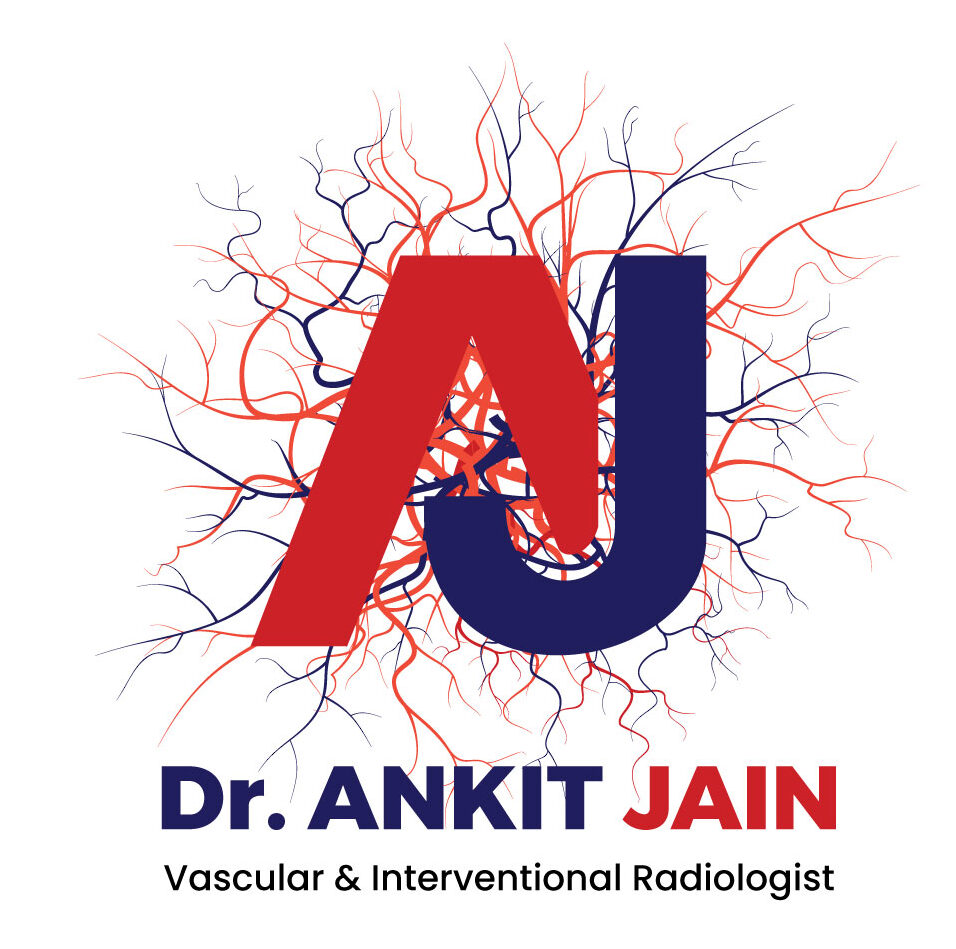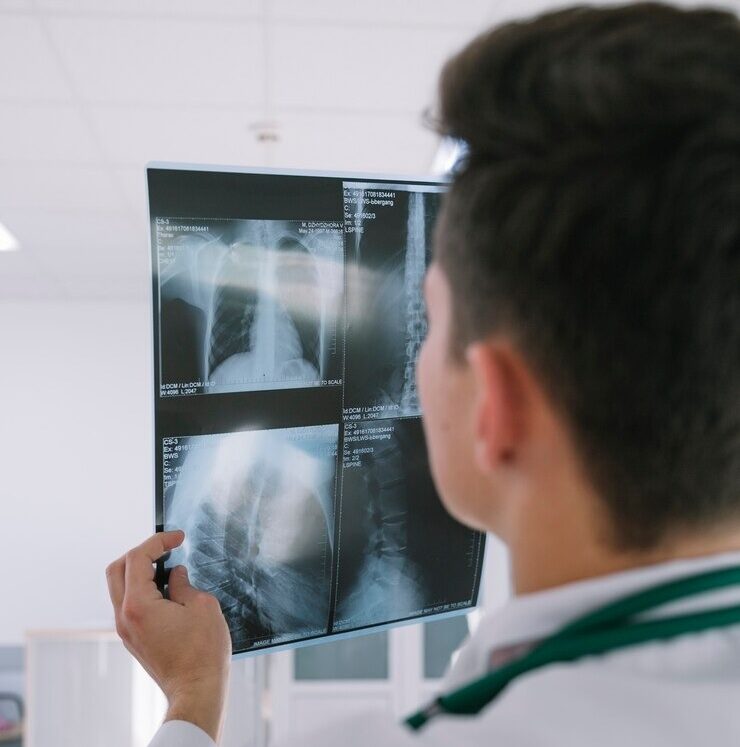What Is Interventional Radiology and How Does It Differ from Traditional Surgery?
If you’ve ever wondered whether there’s a way to treat internal conditions without major surgery, interventional radiology might be the answer. This advanced medical technique uses imaging technology to guide minimally invasive procedures — often offering faster recovery and fewer complications. you’ll learn what interventional radiology is, how it’s different from traditional surgery, and why people are turning to the Best Radiologist doctor in Sector 71 for safer, faster care.
For fast information, direct chat with us on WhatsApp.
What Is Interventional Radiology?
Interventional radiology (IR) is a branch of medicine that employs real-time imaging techniques—like X-rays, ultrasound, CT scans, and MRI—to carry out targeted procedures within the body. Instead of open surgery, IR doctors use small needles, wires, and catheters to treat a wide range of conditions.
With these techniques, patients often avoid large incisions, hospital stays, or long recovery periods. Procedures are commonly done under local anesthesia and guided precisely to the problem area using imaging.
Dr. Ankit Jain, one of the top experts in this field, provides advanced interventional treatments that reduce pain, recovery time, and hospital risk.
How Is It Different from Traditional Surgery?
While both aim to treat medical conditions, there are some key differences:
- Incision Size: Traditional surgery often requires large cuts. IR uses small punctures.
- Recovery Time: IR usually allows same-day discharge. Surgery can take weeks to recover.
- Pain & Scarring: IR procedures result in minimal pain and almost no visible scarring.
- Anesthesia: Many IR procedures use only local anesthesia.
- Hospital Stay: Most IR treatments are outpatient. Surgery may need hospitalization.
This makes it clear why many choose the Best Radiologist doctor in Sector 71 for image-guided, minimally invasive care.
Common Procedures Done Through Interventional Radiology
Patients can benefit from IR for conditions that previously needed open surgery. Some examples include:
- Biopsies: Imaging-guided needle tests for early diagnosis.
- Drainage of Abscesses: Safe removal of infected fluid without surgery.
- Varicocele Embolization: Treating swollen veins non-surgically.
- Fibroid Embolization: Shrinking uterine fibroids without cutting.
- Tumor Ablation: Destroying cancer cells using heat or cold through guided probes.
At the clinic of Dr. Ankit Jain, procedures like these are performed with accuracy and care, helping patients avoid surgical risks.
Benefits of Interventional Radiology
Patients seek the Best Radiologist doctor in Sector 71 because the benefits of IR are hard to ignore:
- Shorter Recovery: Many go home the same day.
- Lower Risk: Less chance of infection or bleeding.
- No General Anesthesia: Reduces complications for older patients.
- Cost-Effective: Fewer hospital days means lower medical bills.
- Accurate: Imaging ensures precise treatment at the target site.
These advantages help patients return to work and daily life faster.
Key Facts About Interventional Radiology
- It has been around since the 1960s and continues to grow.
- Imaging-guided biopsies are safer and more reliable.
- Many cancer-related treatments are now performed using IR methods.
- Procedures are often done within an hour.
- IR has helped reduce the need for many surgical operations.
This modern field is supported by professionals who apply global techniques with local expertise.
Side Effects and Safety
Like any medical procedure, IR may involve side effects:
- Minor Bruising: Usually fades in a few days.
- Temporary Discomfort: Mostly around the puncture site.
- Rare Complications: Such as bleeding or infection.
However, under the care of the Best Radiologist doctor in Sector 71, the risk of complications is very low.
Why Choose Dr. Ankit Jain?
With years of expertise in radiology and image-guided treatment, It stands out for his precision, patient-friendly approach, and advanced diagnostic support. His clinic is equipped for all key IR services, including those for complex and chronic cases.
Whether it’s a diagnostic biopsy or a vascular intervention, patients trust Dr. Ankit Jain for quality care without surgery. His focus on reducing discomfort and speeding up recovery makes him one of the most reliable names in this field.
Who Should Visit a Radiologist?
People with the following conditions often benefit from seeing an interventional radiologist:
- Suspicious lumps needing a biopsy
- Varicose veins or varicocele issues
- Chronic pain from fibroids or tumors
- Liver or kidney blockages
- Vascular access requirements for dialysis
If you’re in Noida or nearby, book a consultation with the Best Radiologist doctor in Sector 71 to explore safe and effective solutions.
Conclusion
Interventional radiology is changing how we treat medical conditions. With its focus on imaging guidance, precision, and minimal invasiveness, it has become a trusted choice for diagnosis and therapy alike. Patients now have the opportunity to avoid long hospital stays and invasive procedures.
Choosing the Best Radiologist doctor in Sector 71 ensures that you receive cutting-edge care from experienced hands. Whether you need a biopsy, embolization, or image-guided therapy, IR is a safer, faster, and more effective solution — and Dr. Ankit Jain leads the way in offering it.
For more information, visit: https://drankitinterventionalradiologist.com/






